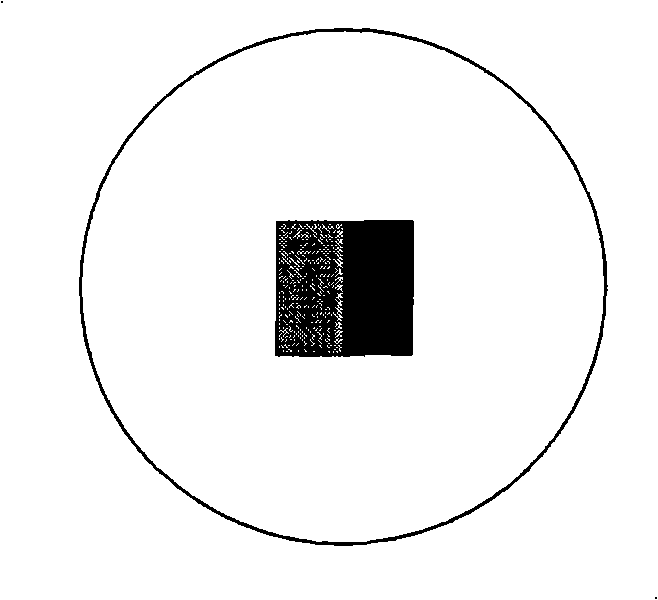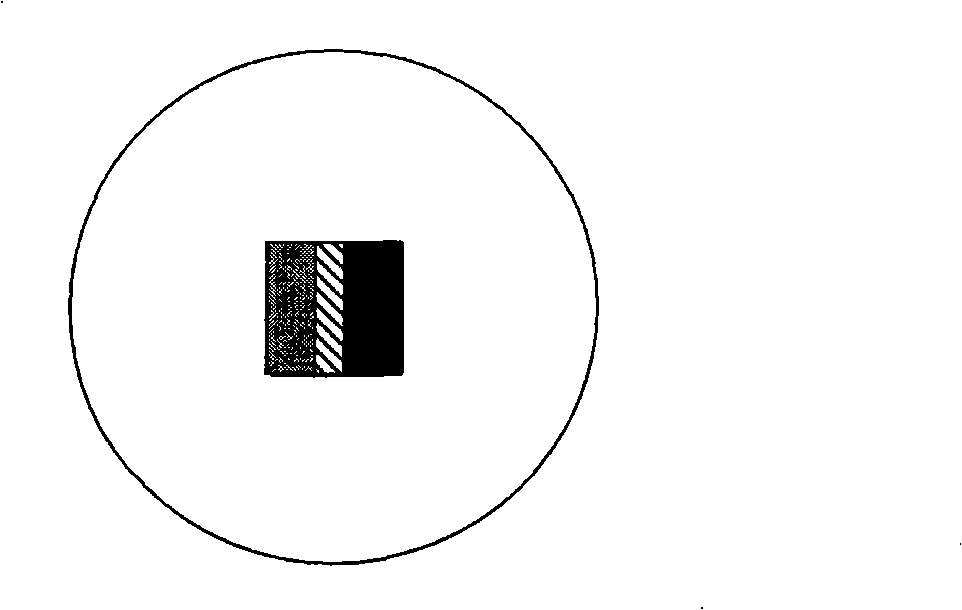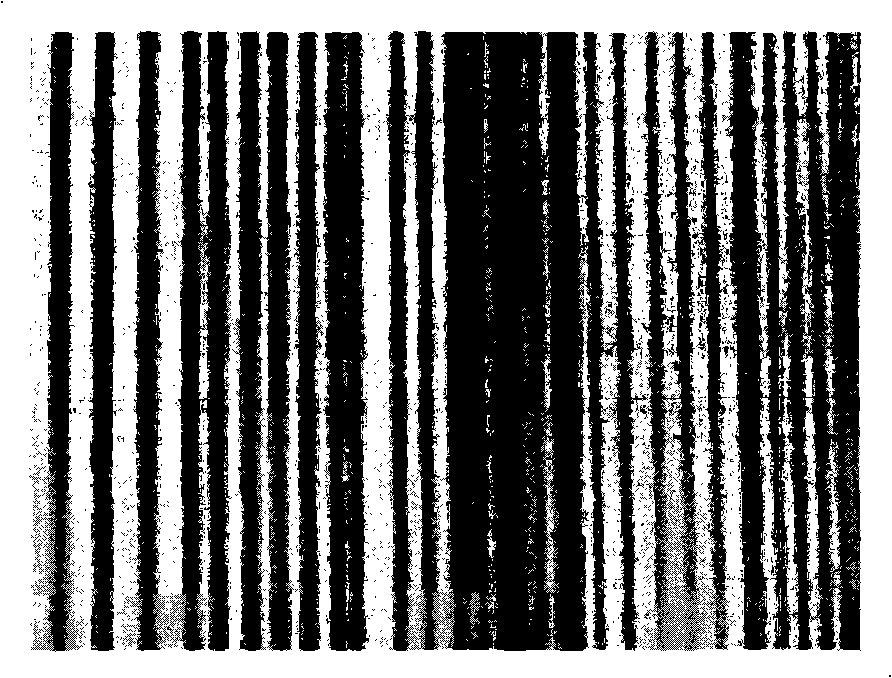Time-temperature indicators
A technology of indicators and objects, applied in the field of temperature indicators
- Summary
- Abstract
- Description
- Claims
- Application Information
AI Technical Summary
Problems solved by technology
Method used
Image
Examples
Embodiment 1
[0065] Example 1. Wax composition
[0066] Prepared by combining paraffin wax (product number BA693) from Walker Ceramics, Victoria Australia; liquid paraffin (product number 76233) CAS [8002-72-2] from Fluka and a commercially available candle wax dye and test wax compositions.
[0067] The melting point of solid paraffin was determined to be 58-62°C.
[0068] The mixture of wax and dye is combined and mixed together at a temperature above the melting point of the highest component and solidifies before the approximate melting point is determined. The dye contains 0.5-1.0 wt% of the mixture. Approximate melting points were determined visually using an oven and the results are listed in Table 1 below.
[0069] Table 1. Wax compositions and approximate melting points
[0070] Solid wax Wt%
Liquid wax Wt%
note
15
85
31
colorless
20
80
39
colorless
25
75
40
blue ...
Embodiment 2
[0073] Example 2. Dye Compositions
[0074] Various candle dyes are used to color paraffin wax. The colors used are red, yellow and blue. Wax compositions containing 0.5-1.0 wt% candle dye were observed to have a melting point of -1-3°C higher than wax compositions without the dye. It is believed that this simply reflects the higher melting point of the wax base of the dye material.
[0075] A mixture of dyes was added to the wax composition and it was observed that the mixture of colored dyes could be used to provide a variety of different colors. Red and yellow dyes provide orange wax compositions. Similarly, blue and red dyes produce purple wax compositions, and blue and yellow produce green wax compositions.
Embodiment 3
[0076] Example 3. Visible Thermal History Indicators
[0077] A series of experiments were performed to investigate the properties of the waxes when heated above their melting temperature.
[0078] refer to figure 1 , in a 60mm diameter glass Petrie dish, place a strip of yellow wax (indicated by hashes) and blue wax (indicated by solid black) to a depth of approximately 1mm. The sides of the two wax strips touch each other. Molten colorless wax having a melting point higher than the two colored waxes was added to the dish and surrounded the colored wax strips and allowed to cool and solidify prior to testing.
[0079] Heat the plate and wax in an oven at a temperature above the melting point of the colored wax but below the melting point of the colorless wax for one hour, then cool.
[0080] exist figure 2 The heating result is displayed in . It was found that the initial color wax mixed in the area close to the contact area of the two bars. The central region (rep...
PUM
| Property | Measurement | Unit |
|---|---|---|
| softening point | aaaaa | aaaaa |
| freezing point | aaaaa | aaaaa |
| melting point | aaaaa | aaaaa |
Abstract
Description
Claims
Application Information
 Login to View More
Login to View More - R&D
- Intellectual Property
- Life Sciences
- Materials
- Tech Scout
- Unparalleled Data Quality
- Higher Quality Content
- 60% Fewer Hallucinations
Browse by: Latest US Patents, China's latest patents, Technical Efficacy Thesaurus, Application Domain, Technology Topic, Popular Technical Reports.
© 2025 PatSnap. All rights reserved.Legal|Privacy policy|Modern Slavery Act Transparency Statement|Sitemap|About US| Contact US: help@patsnap.com



